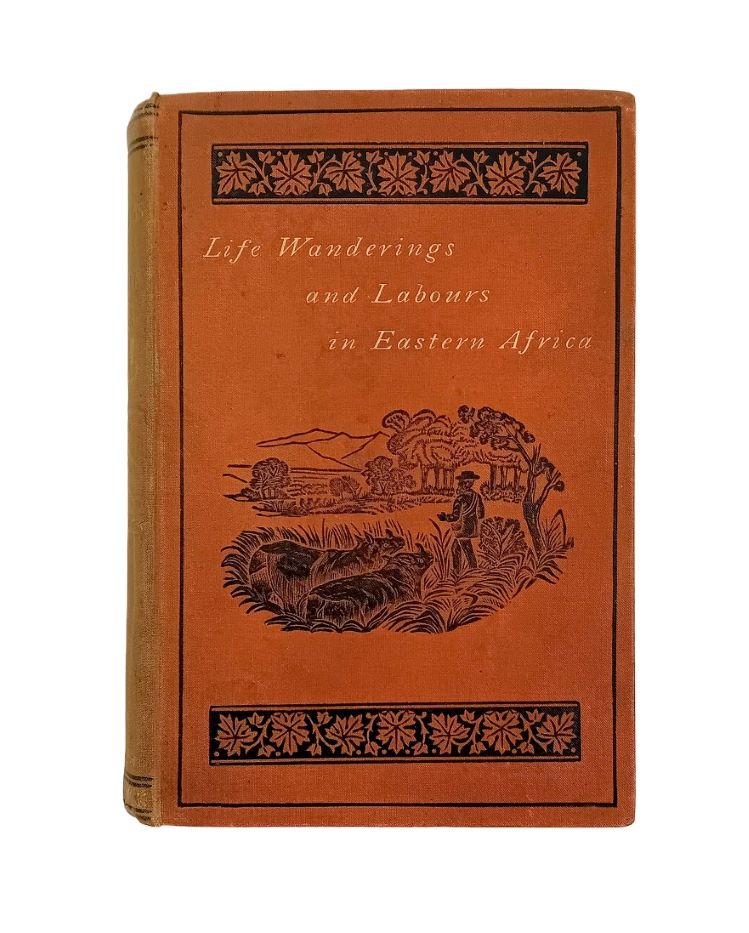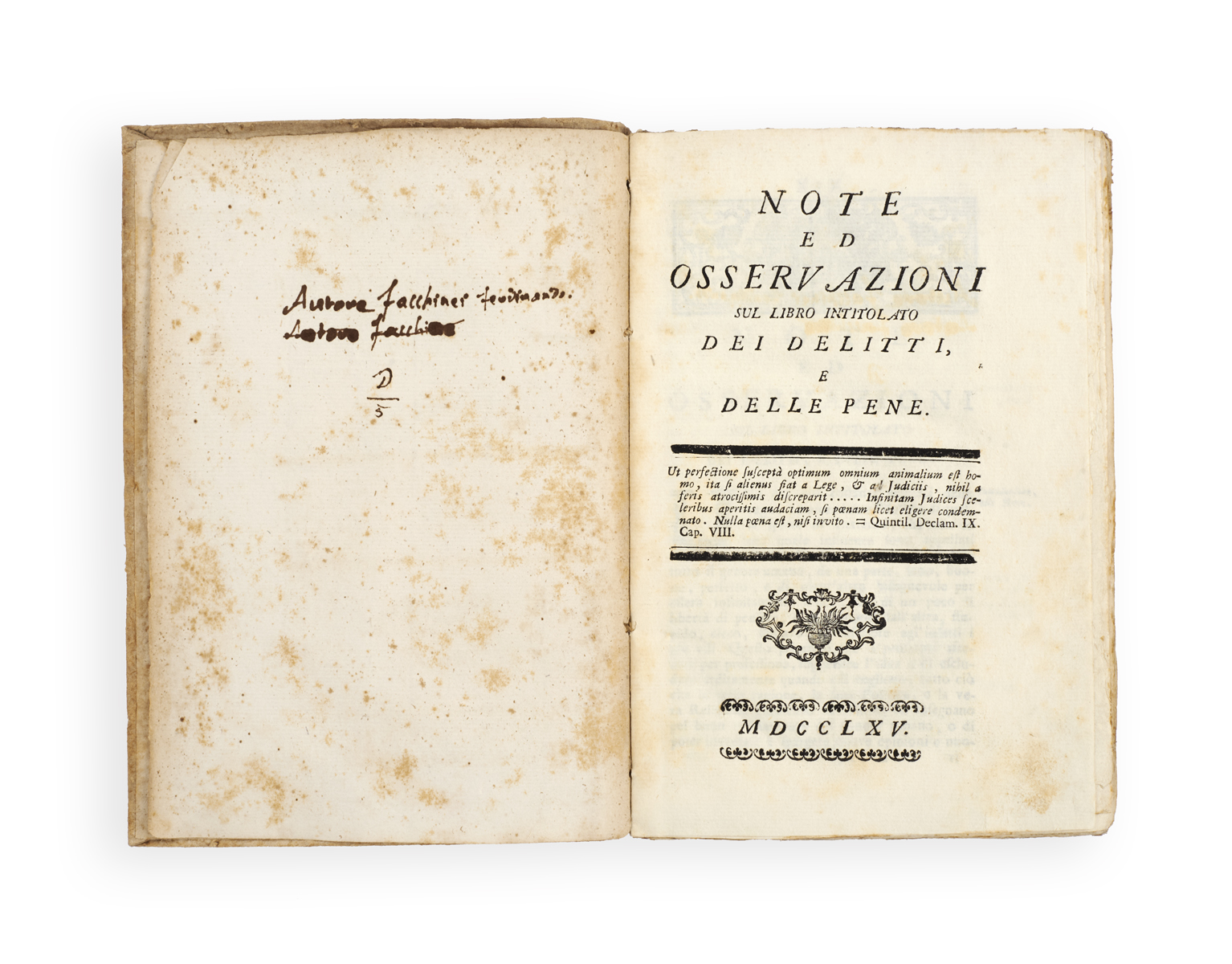

new efforts on Kilimanjaro
NEW, Charles.
Life, wanderings, and labours in Eastern Africa. With an account of the first successful ascent of the equatorial snow mountain, Kilima Njaro; and remarks upon African slavery … Second edition.
London, Hodder and Stoughton, 1874.
8vo, pp. [2 (ads)], xiii, [2], 525, [3]; with half-title, portrait frontispiece, 10 tinted lithograph plates, and 1 folding map; some foxing and browning, especially to title, frontispiece and last page; closed tears to map partly repaired to verso; in original light brown pictorial cloth, spine and upper cover lettered in gilt, vignette in black to upper cover, black endpapers; spine faded, some wear to extremities, light marks to covers; Henry Sotheran Ltd ticket to front pastedown.

Added to your basket:
Life, wanderings, and labours in Eastern Africa. With an account of the first successful ascent of the equatorial snow mountain, Kilima Njaro; and remarks upon African slavery … Second edition.
Second edition recounting the travels through central and eastern Africa by the explorer Charles New, a former member of the Livingstone relief expedition and the first European to reach the snow line of Kilimanjaro.
An English Methodist, New first travelled to Africa in 1862 in order to join the missionaries Johann Ludwig Krapf und Thomas Wakefield. In 1871, following a lengthy stay in Mombasa and an aborted attempt to convert the Oromo people to Christianity, New was appointed to the short-lived RGS-sponsored David Livingstone Search and Relief Expedition in 1871, and was its leader for a short time before it too was aborted. In July of the same year, he decided to make an attempt on Kilimanjaro following a conversation with Krapf, a previous visitor to the mountain. In his first attempt he was unable to penetrate further than the tree line, but on a second expedition from the south side he reached an altitude of 4000 metres and became the first European to reach the snow line. In the course of his journey he also collected a number of botanical specimens which he later presented to the Director of Kew Gardens Joseph Dalton Hooker. In 1872 he returned to London where he became a prominent speaker against African slavery, and where he was honoured for his exploits by the Royal Geographical Society. On a second trip to Africa in 1874 – on which he hoped to progress further up Kilimanjaro and aid local efforts in stopping the slave trade – he developed dysentery and was forced to return to Mombasa; he died soon after in February 1875.
A narrative of his various travels in Africa was first published in 1872 following New’s return to London. This, the second edition, was prepared in the following year and published in 1874, shortly before New’s ultimately fatal return to Africa.
Neate (1986) N14; cf. Sanford H. Bederman, ‘The Reverend Charles New: Nineteenth-Century Missionary and Explorer in Eastern Equatorial Africa’, The Journal of the Society for the History of Discoveries, vol. 44 (2012), pp. 110-123.

